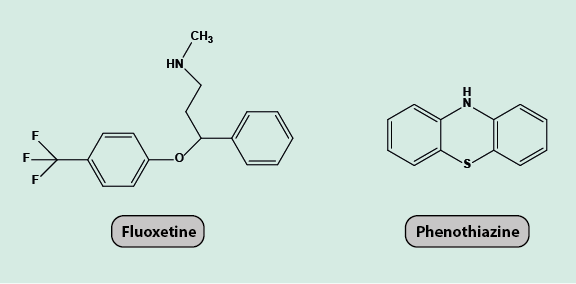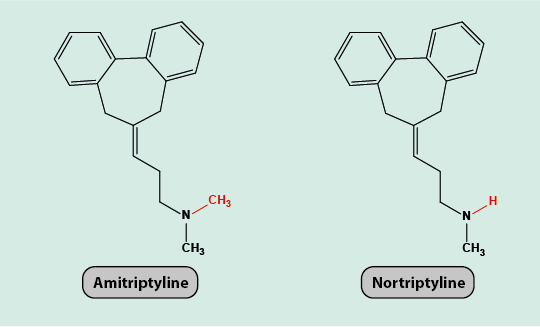Antidepressant medications
Antidepressants are medicinal drugs typically prescribed in the treatment of mental health disorders, such as in the treatment for depression, depressive episodes or anxiety disorders. A maxillofacial clinic is not the place for treatment of mental health disorders but some of the antidepressant agents have a role in a maxillofacial context in their capacity to alleviate some forms of chronic pain conditions.
Whilst antidepressants are not designed as analgesics (painkillers), they can be effective in the treatment of some forms of chronic pain. Their analgesic effects differ from person to person, and from condition to condition, sometimes these medications may have no beneficial effect on pain conditions at all – but it is worthwhile to explore as a potential treatment option for some of these difficult-to-treat chronic pain conditions. If antidepressants are effective, only a low dosage is needed in their role as analgesics for the treatment of neuropathic pain, a much lower dosage than is typically required for the treatment of mental health disorders.
There is a vast variety of drugs that fall under the antidepressant heading, all of which are prescribed for different purposes in a mental health context, and all of which have different mechanisms of action. For the purposes of pain control in the maxillofacial remit, we only look at a very small number of these drugs.
One antidepressant drug that is used as an analgesic (or as a co-analgesic, combined with other drugs such as antiepileptic agents is fluoxetine. Fluoxetine is a selective serotonin re-uptake inhibitor, blocking serotonin (a neurotransmitter) re-uptake in synapses in the central nervous system. This allows serotonin to stay in the synapse for longer and have a greater prolonged inhibitory effect on the post-synaptic receptor, which can block pain signals. In pain control, antidepressants with a slightly stimulant effect such as fluoxetine, are often combined with neuroleptics (antipsychotic drugs with a sedative action) such as phenothiazine (Figure 1). This combination has been shown to be more powerful as an analgesic than an antidepressant drug alone.

Amitriptyline is a different type of antidepressant agent with a documented history as a low-dose treatment for some forms of neuropathic pain and in the prevention of migraines and tension headaches. Recent analyses show that, whilst amitriptyline is effective as an analgesic only in a minority of cases, in those cases it provides a very good way to manage neuropathic pain conditions. Amitriptyline belongs to a class of chemicals, tricyclic (three-ring) compounds (Figure 2), a range of which have been synthesized 50 years ago when initially the antidepressant properties of this class of chemicals were discovered.

Amitriptyline interacts with many different receptors on nerve cells, including opioid and histamine receptor sites. In addition, amitriptyline is known to have some blocking effects on sodium and potassium ion channels in the central nervous system, as well as reducing the re-uptake of noradrenaline (see below). All of these mechanisms are thought to contribute to the analgesic effects of amitriptyline (and other tricyclic antidepressants) as they all play a role in chronic neuropathic pain conditions.
Amitriptyline has sedative properties. It is a pro-drug and is metabolised to nortriptyline (Figure 2). The re-uptake of both serotonin and noradrenaline (neurotransmitters) at different types of neurons is hindered by nortriptyline. This blocking effect is thought to be the reason for the antidepressant properties of amitriptyline. The sedative effects in low-dose treatment of chronic pain have the added advantage of improving sleep when taken at night (in fact, amitriptyline is sometimes prescribed for the treatment of insomnia).
The many different mechanisms of action of antidepressants are not fully understood. Generally, they are thought to act on multiple receptors of nerve cells and have multiple effects. Some of these effects are thought to be responsible for analgesic effects. Antidepressants have been shown to provide good pain relief in particular for allodynia (pain response from stimuli which do not normally provoke a pain sensation).
Long-term use of antidepressants does carry a small but significant risk of gastrointestinal or post-surgical bleeding.